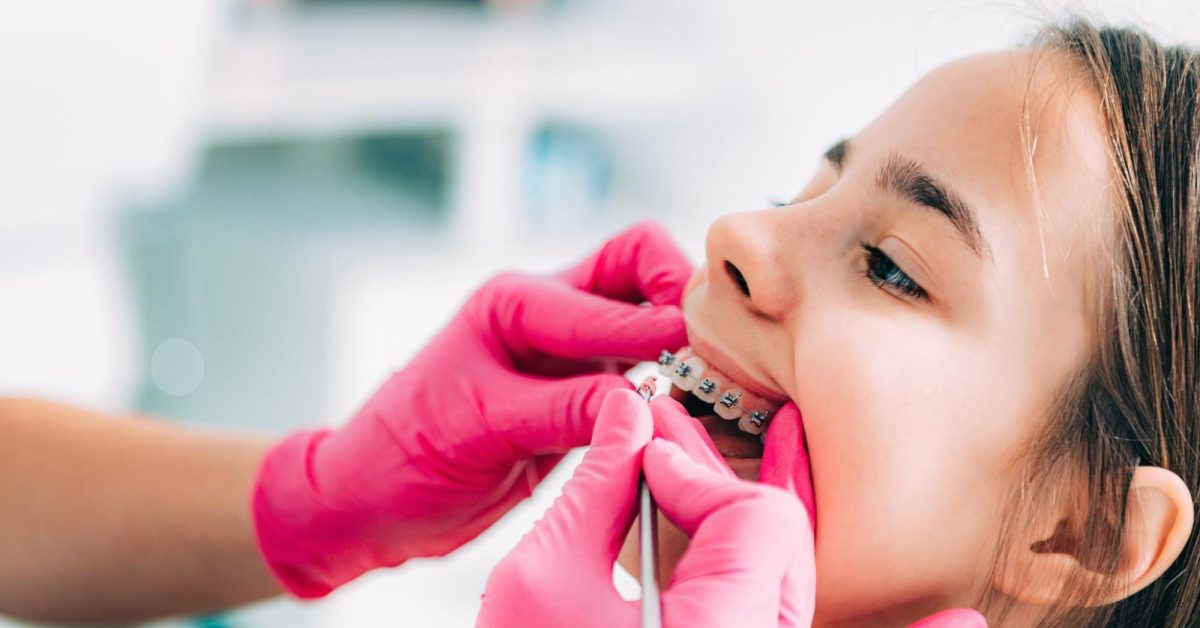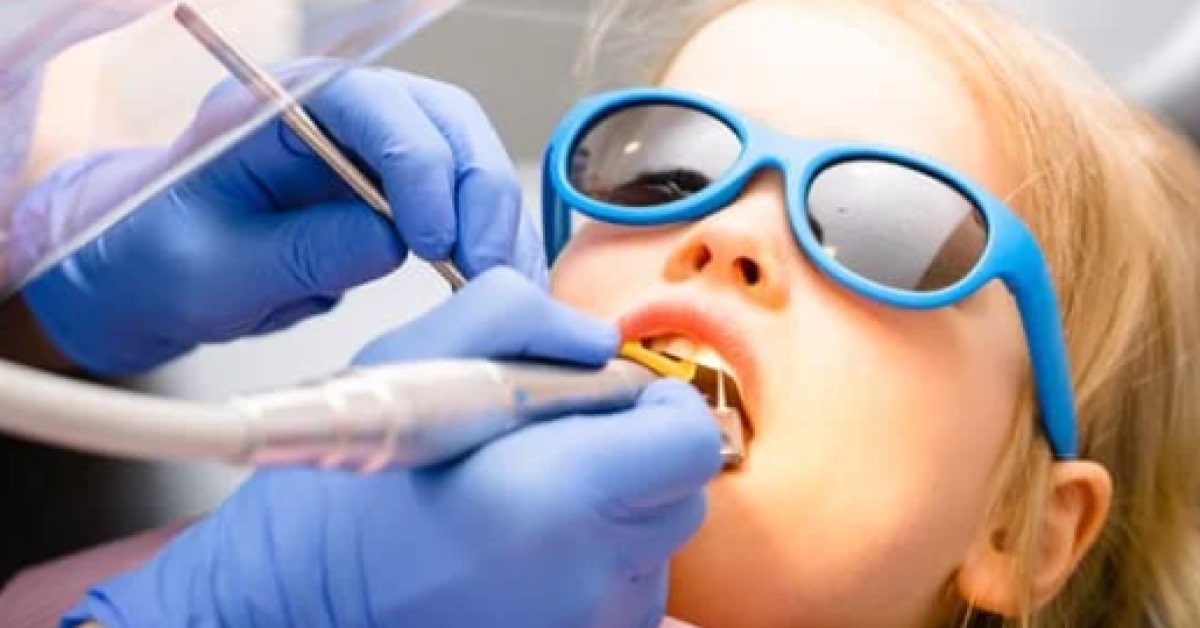Blog
April 21, 2023 • 10 mins readProving Medical Necessity for Orthodontics
Learn how to demonstrate the medical necessity of orthodontic treatments to insurance companies and how to maximize your reimbursement. Get the latest tips and advice.
Author

Laurie Owens
CPC | CPB | COC | Director Of Medical Billing Education for Devdent

In this Article
A 10-year-old girl walks through your practice doors with her parents, she grins slightly when you greet her but looks down as if she is shy. While you work with her mom or dad on the new patient paperwork, they begin to tell you a little of their daughter’s story.
As a newborn, she was diagnosed with a cleft lip and palate. Being four weeks old, she underwent her first surgery to correct the defect. You glance at the little girl to see a couple tears escape her eyes and that grin turns downward to sadness.
While the oral physicians were able to correct as much of the cleft defects, she was still embarrassed by her smile.
Dental offices that provide orthodontic treatment have the ability to change the lives of their patients through reconstructing the maxillary and mandibular arches. While the teeth are the avenue that is used to reshape the oral cavity, there are musculoskeletal defects that are corrected as well.
Many medical policies include benefits for orthodontics, it is a matter of proving that medical necessity to get treatment covered by medical insurance. You have the power to help your patients by billing medical insurance, that power is to know what the medical insurance companies are looking for.
Below are 10 ways your chart notes can help prove the medical necessity of orthodontics when you bill medical insurance for orthodontic treatments.
1) Get their medical provider on board.
Despite PPO medical plans not requiring a referral, having their medical doctor on your side when helping to treat their patient is like having an ace in the hole.
The criteria from several state policies state, “documentation from both the dental provider and the PCP is encouraged to determine if the existing malocclusion meets the medical necessity criteria for orthodontic care” – Arizona Medicaid Medically Necessary Orthodontics.
2) Know the documentation requirements.
Most medical insurance policies have a clinical criteria for orthodontics for children 18 and under. These policies usually state in black and white that they include orthodontics for minor children. However, the presence of malocclusion alone does not qualify for coverage without a demonstrated severe functional impairment.
3) Shift your Thinking.
Orthodontics are never covered by medical insurance primarily for cosmetic purposes.
Diagnosing the dysfunction related to impairment of oral function; chronic moderate pain, traumatic injury to the orofacial structure, craniofacial anomalies, systemic disorder involving dentition, or a malocclusion which if left untreated creates an additional deteriorating condition.
When you shift your thinking, you start to focus on the musculoskeletal change that occurs with orthodontics, you relay the necessity of treatment and not cosmetic implications of orthodontics.
Denoting this in your chart notes provides medical insurance the ability to see the clinical rationale to approve your pre-authorization.
4) Preauthorization is a MUST.
Do not think that orthodontics do not require pre-authorization under medical insurance. If the medical insurance states they do not do pre-authorizations, request a pre-certification from them to ensure that all of your bases are covered.
You want them to review the notes because the procedure code is a 41899 (Unlisted procedure, dentoalveolar structures). Medical insurance pays upon banding and/or delivery of Invisalign trays.
When you realize that patient’s do not all fit into a box labeled orthodontics, there are many varied reasons why orthodontic treatment is medically necessary.
For our 10-year-old patient, we jump forward three years to find an almost 14-year-old walking into the orthodontists’ office beaming from ear to ear.
She is there to pick up her final retainer displaying a confidence we, as dental professionals, all wish to bottle and give to other young people. Her parents were able to provide treatment because their dentist did not think only within the box, they reached outside the box in which her parent’s portion was $33.00. Now that is a story worth telling!
Remember, we can help you navigate the challenges you may face when billing medical insurance for orthodontics. Find out more by contacting our team today!



